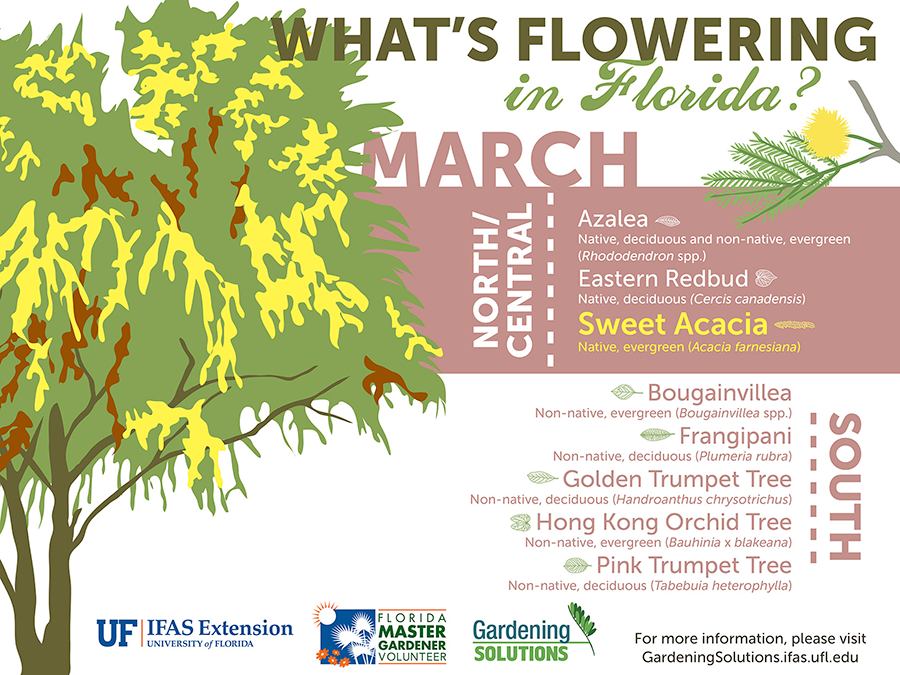When it concerns producing a landscape that thrives, grasping the art of tree pruning is a must. Imagine being able to shape your trees with precision, ensuring their vigor and charm for many years ahead. By learning the crucial techniques for correct cuts, timing, and architectural training, you hold the key to a successful outside area that will thrill all that experience it. Yet exactly how do Recommended Internet site of your trees and the overall landscape visual?
Proper Trimming Cuts for Tree Health And Wellness
When it concerns maintaining the health and wellness of your trees, making correct pruning cuts is necessary. Inaccurate cuts can lead to illness, insect infestation, and overall tree decrease. To make certain the vitality of your trees, constantly start by utilizing sharp, clean tools to make precise cuts.
Begin by identifying the branch collar, a swollen location where the branch connects to the trunk. Reducing simply outside the collar helps advertise appropriate healing and reduces the risk of infection. Avoid leaving stubs as they can invite bugs and diseases right into the tree.
Bear in mind to make cuts at a small angle, sloping away from the trunk, to stop water from pooling on the wound. Furthermore, eliminate any kind of dead, harmed, or crossing branches to boost air flow and sunlight penetration.
Timing and Frequency of Pruning
To maintain the wellness and framework of your trees, recognizing the optimum timing and frequency of trimming is crucial.
The best time to prune trees is generally throughout the dormant period in late winter season or early springtime. Pruning during this duration helps advertise brand-new development once the tree starts budding in the springtime.
Nonetheless, some trees, like spring-flowering ones, are best pruned right after they end up blooming to avoid removing next year's blossom buds.
gardening maintenance is crucial, yet the frequency depends upon the tree varieties and its development price. For many trees, an annual evaluation to remove dead, unhealthy, or going across branches is advised. Young trees may need more constant trimming to develop a solid structure, while fully grown trees may only require upkeep pruning every few years.
Stay clear of trimming during the fall when illness are more easily spread out, and refrain from hefty trimming during the summer season when the tree is actively expanding.
Training Young Trees for Structure
For developing strong and healthy trees, training young trees for optimal framework is crucial. By forming a tree when it's young, you established the structure for a durable and visually enticing fully grown tree.
Begin by determining the main leader, which is the major upward-growing branch. Urge the main leader's development by pruning away completing leaders, aiding the tree establish a solid main trunk. Additionally, remove any type of branches that grow internal or downward, as they can trigger architectural issues as the tree grows.
It is very important to area out side branches uniformly around the trunk to advertise well balanced growth. As Learn Alot more develops, continue to monitor its development and trim as required to maintain its form and framework.
Effectively educated young trees are much less most likely to develop weak crotches or jammed branches, reducing the danger of damages during tornados. Investing time in training young trees will settle with a wonderfully structured and resistant tree in the future.
Final thought
Now that you have actually mastered the important methods of tree trimming, your landscape is on its way to thriving. By utilizing sharp devices, making accurate cuts, and appropriately timing your pruning sessions, you are guaranteeing the wellness and long life of your trees. Keep in mind to routinely inspect and preserve your trees to maintain them growing. With your newly found knowledge, your landscape will continue to expand beautifully for years to find. Maintain the magnum opus!
